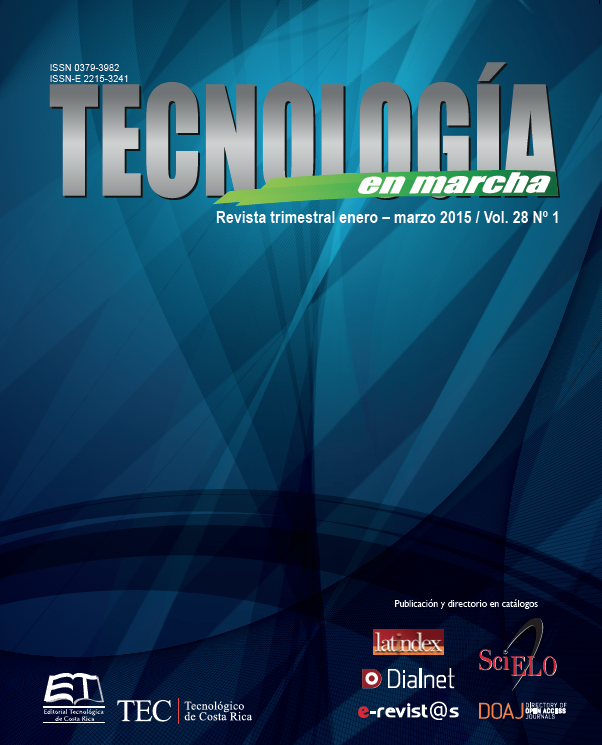Callogénesis y establecimiento del cultivo de células en suspensión de Uncaria tomentosa (Willd.) D.C. (uña de gato)
Contenido principal del artículo
Resumen
Uncaria tomentosa, conocida como uña de gato, es una planta medicinal originaria de Perú que se emplea en medicina natural, principalmente como antiinflamatoria, inmunoestimulante, antioxidante y citotóxica en varias líneas celulares cancerígenas (HL-60, A549 y HEp-3).
Es necesario crear estrategias biotecnológicas para el estudio y extracción de los compuestos activos de esta planta, tales como el cultivo de células en biorreactores, lo que permitiría la producción de los metabolitos secundarios a gran escala, bajo condiciones controladas.
Previamente al escalamiento del cultivo, es necesario estandarizar los protocolos de callogénesis y de establecimiento de suspensiones celulares.
En el presente trabajo se probaron dos protocolos de inducción de callo a partir de segmentos foliares de plantas in vitro de Uncaria tomentosa. Posteriormente se estableció el cultivo de células en suspensión. Se elaboraron las cinéticas de crecimiento del proceso de callogénesis y del cultivo en suspensión.
Se determinó que la composición del medio de cultivo más efectivo para la inducción de callo es el Murashige y Skoog (MS) (1962) complementado con 2 mg/L de ácido 2,4-diclorofenoxiacético (2,4-D) y 1 mg/L de ácido 3-indolbutírico (AIB). Además de que produjo la mayor biomasa, el callo fue friable, adecuado para el establecimiento de suspensiones celulares.
En el cultivo de células en suspensión se utilizó el medio de cultivo más efectivo en el proceso de callogénesis, anteriormente citado. Además, se evidenció la predominancia de dos morfotipos de células, tanto en callo como en suspensiones celulares, con características propias, según la etapa de cultivo.
Detalles del artículo
Los autores conservan los derechos de autor y ceden a la revista el derecho de la primera publicación y pueda editarlo, reproducirlo, distribuirlo, exhibirlo y comunicarlo en el país y en el extranjero mediante medios impresos y electrónicos. Asimismo, asumen el compromiso sobre cualquier litigio o reclamación relacionada con derechos de propiedad intelectual, exonerando de responsabilidad a la Editorial Tecnológica de Costa Rica. Además, se establece que los autores pueden realizar otros acuerdos contractuales independientes y adicionales para la distribución no exclusiva de la versión del artículo publicado en esta revista (p. ej., incluirlo en un repositorio institucional o publicarlo en un libro) siempre que indiquen claramente que el trabajo se publicó por primera vez en esta revista.

